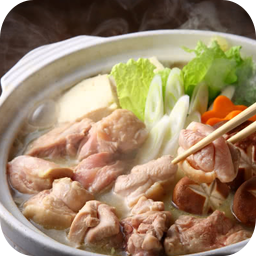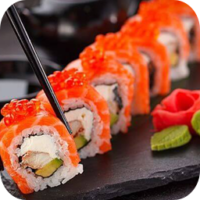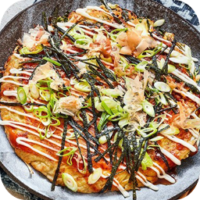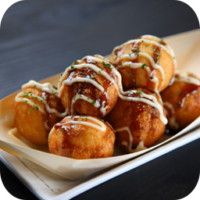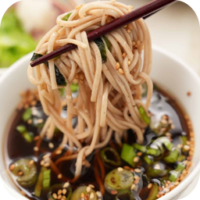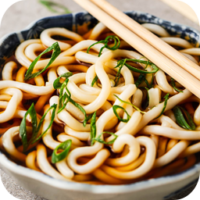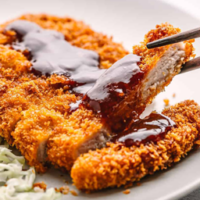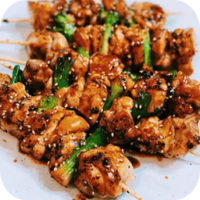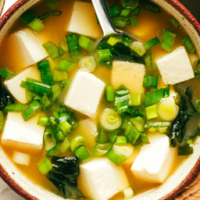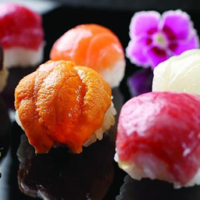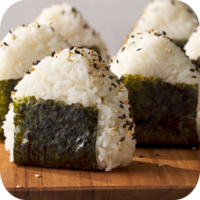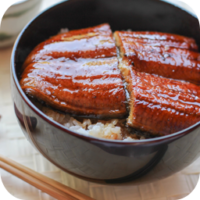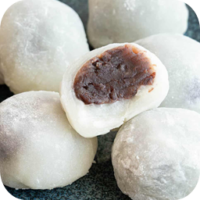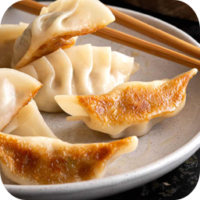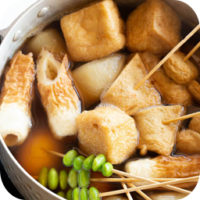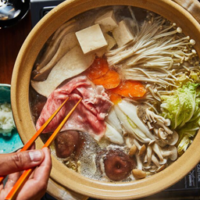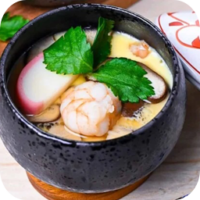Posted by theeatland
- Jan 1, 2025
- 84
- 0
Nabe (鍋) is a Japanese hot pot dish that consists of various ingredients simmered together in a single pot. It is a popular winter dish, enjoyed for its warmth and comfort, often served as a communal meal. Nabe can be made with a variety of broths and is customizable with different types of meat, vegetables, tofu, and noodles.
Key Features of Nabe:
- Broth:
- The broth is a key component of nabe, and different varieties exist depending on the type of nabe being made. Common broths include:
- Dashi-based: A light, savory broth made from kombu (seaweed) and bonito flakes.
- Soy sauce-based: A richer, darker broth made with soy sauce and sometimes miso or mirin.
- Miso-based: A broth made with miso paste for a rich, umami flavor.
- Shabu-shabu-style: A clear broth used for quick boiling of meat and vegetables, commonly seen in shabu-shabu hot pot.
- The broth is a key component of nabe, and different varieties exist depending on the type of nabe being made. Common broths include:
- Ingredients:
- Meat: Chicken, pork, beef, or fish are common choices. Often, thinly sliced meat is used for quick cooking.
- Vegetables: Popular additions include napa cabbage, mushrooms (shiitake, enoki), onions, carrots, and Chinese cabbage.
- Tofu: Silken or firm tofu is often added to nabe for texture and flavor absorption.
- Noodles: Udon, ramen, or glass noodles are commonly added toward the end of cooking.
- Seafood: Shrimp, clams, and other seafood can also be included in nabe dishes.
- Cooking Method:
- All the ingredients are placed in a large pot, and the broth is brought to a simmer. The ingredients are cooked in the broth directly at the table, making it a communal, interactive dining experience.
- Dipping Sauces:
- After cooking, nabe ingredients are often dipped in a sauce like ponzu (citrus soy sauce) or goma (sesame sauce) for added flavor.
Types of Nabe:
- Sukiyaki:
- A sweet soy-based broth with beef, vegetables, tofu, and noodles. Sukiyaki is often cooked and served at the table, with ingredients being dipped in raw egg before eating.
- Shabu-Shabu:
- Thinly sliced meat, such as beef or pork, is swished in a pot of boiling water or broth, cooked briefly, and eaten with dipping sauces.
- Kimchi Nabe:
- A spicy, Korean-style hot pot that uses kimchi and a variety of vegetables and meat.
- Chanko Nabe:
- A hearty, protein-rich hot pot traditionally eaten by sumo wrestlers to help them gain weight and strength.
Cultural Significance:
- Nabe is often enjoyed during colder months and is seen as a communal, family-friendly dish. It brings people together around the table, with everyone sharing the cooking and eating experience.
- Nabe is also a popular dish for New Year’s celebrations and other social gatherings in Japan.
Fun Fact:
Nabe is also commonly enjoyed in various regional styles across Japan, with each region offering its own version of the hot pot, based on local ingredients and flavors.
Recommended Posts
- Jan 1, 2025
- 86 read
Sushi (寿司) is one of the most iconic and internationally recognized dishes...
Read Article- Jan 1, 2025
- 70 read
Okonomiyaki (お好み焼き) is a savory Japanese pancake made from a flour-based batter...
Read Article- Jan 1, 2025
- 101 read
Takoyaki (たこ焼き) is a popular Japanese street food consisting of octopus-filled dough...
Read Article- Jan 1, 2025
- 75 read
Soba (蕎麦) refers to traditional Japanese noodles made from buckwheat flour, although...
Read Article- Jan 1, 2025
- 106 read
Udon (うどん) is a traditional Japanese noodle dish made from wheat flour,...
Read Article- Jan 1, 2025
- 80 read
Tonkatsu (とんかつ) is a popular Japanese dish consisting of breaded and deep-fried...
Read Article- Jan 1, 2025
- 130 read
Yakitori (焼き鳥) is a popular Japanese dish consisting of grilled chicken skewers....
Read Article- Jan 1, 2025
- 72 read
Miso Soup (味噌汁) is a traditional Japanese soup made primarily from miso...
Read Article- Jan 1, 2025
- 78 read
Kaiseki (懐石) is a traditional multi-course Japanese meal that emphasizes seasonal ingredients,...
Read Article- Jan 1, 2025
- 74 read
Onigiri (おにぎり) is a traditional Japanese rice ball, often shaped into triangles...
Read Article- Jan 1, 2025
- 72 read
Unagi (鰻) is the Japanese word for eel, specifically the freshwater eel...
Read Article- Jan 1, 2025
- 69 read
Mochi (餅) is a traditional Japanese rice cake made from glutinous rice...
Read Article- Jan 1, 2025
- 63 read
Gyoza (餃子) is a popular Japanese dish consisting of dumplings filled with...
Read Article- Jan 1, 2025
- 76 read
Oden (おでん) is a traditional Japanese winter comfort food that consists of...
Read Article- Jan 1, 2025
- 63 read
Shabu-Shabu (しゃぶしゃぶ) is a popular Japanese hotpot dish, characterized by thinly sliced...
Read Article- Jan 1, 2025
- 76 read
Chawanmushi (茶碗蒸し) is a traditional Japanese savory egg custard dish. Its name...
Read Article- Jan 1, 2025
- 67 read
Taiyaki (鯛焼き) is a popular Japanese fish-shaped pastry filled with sweet or...
Read Article
